Hook Readers with the First Line of Your Picture BookBy Maggie Lauren Brown Since picture books consist of few words, every word counts. This is especially true of the opening line. When a reader browses a bookstore, they might pick up a book and look at the title and cover, or they might flip to the first page to see if it catches their attention. As authors, it’s our job to grab them in some way with that very first line. There are many ways to do this, but today I’ll discuss four examples of what an opening line can accomplish:
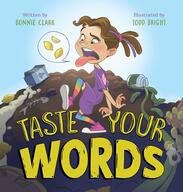 The first example, from TASTE YOUR WORDS by Bonnie Clark and Todd Bright, shows how to present the inciting incident in the very first line. The opening line is, “Amera’s friend Maddie accidentally bumped into her at lunch.” This “inciting incident” (the event that sends the main character off on their quest), wastes no time thrusting the reader into the story’s action. It’s hard to put the book down when the excitement has already begun. 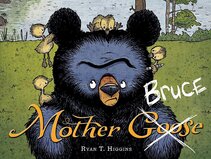 The next example, from MOTHER BRUCE by Ryan T. Higgins, introduces an interesting character. The opening lines are, “Bruce was a bear who lived all by himself. He was a grump.” This example uses two lines, but they are short and work together. Instantly we get a feel for Bruce’s personality. The lines also raise questions: Why is Bruce so grumpy? Do other bears live with family or friends? What’s going to happen to Bruce in this story, and how will him being a grump play into that? 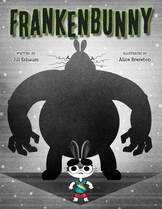 The next example, from FRANKENBUNNY by Jill Esbaum and Alice Brereton, demonstrates how to set the tone of the story. The opening line is, “You know monsters aren’t real, right?” Immediately, the reader knows the book will have monsters in it and will probably be a little creepy. At the same time, the tone is conversational and lets the reader know that the narrator has something to prove to them. In addition to establishing the creepy-yet-lighthearted tone, this line uses another device by asking a question—this engages the reader by getting them to think of their response. 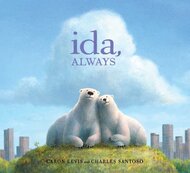 The last example, from IDA, ALWAYS by Caron Levis and Charles Santoso, shows how to present an intriguing setting. The opening line is, “Gus lived in a big park in the middle of an even bigger city.” Immediately the reader gets a sense of a bustling location filled with lots of action. The reader will wonder what kind of park and what city it is, and will have to read on to find out. Look at the opening line in one of your picture books. What does it accomplish? Would it hook a reader and make them instantly want to know more? If not, time to revise! There are more strategies than just these; you could show the main character’s problem, present an interesting fact, make a joke, and more. Let me know your favorite strategy in the comments. Happy writing!  Maggie's Story: Once upon a time, Maggie Lauren Brown performed as a synchronized swimmer, mermaid-for-hire, and high school English teacher. Now, she writes about her adventures in children’s books. Maggie is an SCBWI and 12x12 member, a Children's Book Academy course assistant, and is represented by Adria Goetz of Martin Literary Management. Maggie's debut picture book, JOY THE PANDACORN, releases next year with Clear Fork Publishing. by Bryan Patrick Avery There are some books readers return to again and again. We re-read them until we have every word memorized, the cover falls off, and we begin to feel like the characters are part of our family. Why? Most often, the answer is because we fall in love with the characters. So, how do we create a character readers will love? Here are three simple steps to get you started. We’ll use three popular characters as examples. We’ll use ROSCOE RILEY RULES #1 by Katherine Applegate, DOG MAN by Dav Pilkey, and THE BAD GUYS by Aaron Blabey. Step 1: Select a recognizable character. This is typically (a) something your reader can either relate to (for example, a child close to their age or an animal that they recognize) or (b) something your reader can easily understand without a lot of backstory (think of the characters in many Dr. Suess books). In the case of ROSCOE RILEY RULES, Roscoe is a first grader. Because the book is a chapter book, readers can easily relate to Roscoe. In THE BAD GUYS, the main character is Mr. Wolf. Yes, that wolf. As in Big and Bad. He’s a character readers can easily understand. Dog Man, the main character in DOG MAN is also something that readers can understand without much backstory. An early chapter covers the accident that explains how Dog Man came to be, but readers don’t need to know the ins and outs of medical transplants to get the idea. It’s a dog’s head on a man’s body. Dog Man. Simple. Step 2: Give your reader an issue or flaw. Not to be mistaken with a story problem. This is a flaw that is simply part of the character. It would exist regardless of the book the character is in. Roscoe constantly finds himself in trouble. Mr. Wolf is feared by everyone. Dog Man is half man, half dog. Yikes! These issues or flaws make a character more interesting and realistic. Perfect characters tend to be boring. Watching a character struggle against their flaw engages the reader and helps drive the story. Step 3: Give your character something to do. A relatable character with an interesting flaw won’t be much fun to read about if they just stand around. They have to have something to do. Roscoe has to get ready for his class performance. Mr. Wolf wants to become a hero. Dog Man's life is in danger. Once they have something do, your character’s flaw or flaws will start to play a role in the challenges they face. That’s it. Follow these three steps and you can start creating characters you, and your readers, will love. Well, that’s all for this month. Happy writing and have a magical month.  Bryan Patrick Avery discovered a love of magic and mystery at the age of four, after receiving a magic set and his first Bobbsey Twins Mystery book. Today, he is an award-winning poet and author, and a member of the Society of Children’s Book Writers and Illustrators and the Mystery Writers of America. He's also a life member of the Society of American Magicians (which was once led by Harry Houdini) and charter member of the International Association of Black Magical Artists. Bryan's greatest joy is making stories appear out of thin air. by Ave Maria Cross Scientist ON A BEAM OF LIGHT, A Story of Albert Einstein, by Jennifer Berne; pictures by Vladimir Radunsky Albert Einstein was different – but in a good way. He rarely spoke as a child – he was a thinker. His story is captured in this book with simple words and illustrations which move the story forward in a delightful way. Einstein was misunderstood at first; his life was filled with trials and breakthroughs. When he was stuck on solving a tricky problem, he played his violin. Einstein was a wonderer who questioned everything and eventually became a world-renowned genius. The writer, Jennifer Berne gives us insight into his quirky world and Vladimir Radunsky’s illustrations allude to Einstein’s character with brilliant pictures. Activist VOICE OF FREEDOM – FANNIE LOU HAMER, Spirit of the Civil Rights Movement, by Carole Boston Weatherford; Illustrated by Ekua Holmes Fannie Lou Hamer was born into abject poverty in 1917 in rural Mississippi and picked cotton with her family beginning at 6 years old – but she grew up to be one determined lady. She experienced unspeakable pain and overcame unbelievable hardship in her quest to gain voting rights denied to African Americans. Fannie Lou Hamer was denied a seat at the 1964 Democratic National Convention, however, she attended through the auspices of the Mississippi Democratic Freedom Party. Carole Boston Weatherford brilliantly and painstakingly writes the story in African American southern vernacular. Ekua Holmes’s illustrations utilize collage, which are stunning; her visuals astutely represent the ‘patchwork life’ of Fannie Lou Hamer. Artist RADIANT CHILD, The Story of Young Artist Jean-Michel Basquiat, by Javaka Steptoe Jean-Michel Basquiat was a cultural phenomenon; he saw everything through his mind’s eye, and processed it as art in his own way. He dreamed of being an artist and relentlessly honed his craft. Jean-Michel Basquiat’s mother was very instrumental in nurturing his art, however, he eventually experiences the break-up of his parents and his mother mental illness. In New York City, Jean Michel’s purpose is awakened. Javaka Steptoe is a brilliant storyteller, artist, designer and illustrator; this is his debut picture book which he brilliantly emulates the artwork of Jean-Michel utilizing collage. 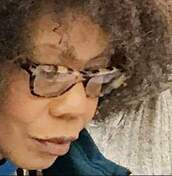 Ave Maria Cross fell in love with theatre and dramatic art as a girl. In elementary school, the first books Ave read were biographies; her collection of picture book biographies is extensive – people’s lives are quite dramatic! Ave writes madcap plays for kids in poetry, rap & rhyme. Ave is a kidlit writer/illustrator, a member of the CHILDRENS BOOK ACADEMY, an active member of the Society of Children’s Book Writers and Illustrators, and the Puppeteers of America, as well. Oh, the drama of it all! by Melissa Stoller Last summer, I wrote a blog post titled “It’s All About . . . Summer Writing Prompts.” This summer certainly feels different. It may be hard to stay motivated. Perhaps it’s difficult to maintain your creativity. Story ideas may not be flowing. In June, my blog post focused on “Staying Creative in Uncertain Times.” Here are more tips for writing, revising, and staying creative this summer when life may be challenging. 1) Read mentor texts. Immerse yourself in your genre or others. Take notes about ideas, book structures, and language that speak to you. Can any threads help form the basis of a new manuscript or add to an existing one? 2) Watch a TV show or movie. Children’s shows can be fantastic idea generators. Even adult shows can offer valuable lessons about plot, characters, and pacing. Do any spark an idea or a path forward with a revision? 3) Think about a summer memory that makes you smile. Maybe it’s a week at summer camp that you remember fondly from childhood. Or a yearly excursion with your family to a special summer destination. Perhaps it’s a trip that you have never taken but will one day soon. Describe sensory details about the adventure. Add some details to a work in progress. 4) Eat a food that you usually relish during the summer. Does an ice cream cone, corn on the cob, or summer fruit bring up a memory that you could turn into a story? 5) Take a summer walk. Race in the rain, gallop through a garden, stroll along the shore. Observe everything. You can even jot down ideas by glancing out your window. Can any observations lead to a new idea or to a new line in an existing work? Wherever you are this summer, I hope that your creativity blossoms and soars. Please let me know in the comments. BIO:
Melissa Stoller is the author of the chapter book series The Enchanted Snow Globe Collection - Return to Coney Island and The Liberty Bell Train Ride (Clear Fork Publishing, 2017 and 2021); and the picture books Scarlet’s Magic Paintbrush and Ready, Set, GOrilla! (Clear Fork, Fall 2018). Upcoming books include Sadie’s Shabbat Stories and Return of the Magic Paintbrush (CFP). Melissa is a Blogger and Assistant for the Children’s Book Academy, a Regional Ambassador for The Chapter Book Challenge, a Moderator for the Debut Picture Book Study Group, a volunteer with SCBWI/MetroNY, and a founding member of The Book Meshuggenahs. In other chapters of her life, Melissa has worked as a lawyer, legal writing instructor, freelance writer and editor, and early childhood educator. She lives in New York City with her family, and enjoys theatre, museums, and long beach walks. CONNECT: https://www.MelissaStoller.com https://www.MelissaStoller.com/blog http://www.facebook.com/MelissaStoller http://www.twitter.com/melissastoller http://www.instagram.com/Melissa_Stoller http://www.pinterest.com/melissa_Stoller by Mira Reisberg MIra is super busy preparing for next month's Craft & Business of Illustrating Children's Books, so we're reposting a previous blog that many found helpful. Children's Book Academy is offering generous full and half scholarships for this course AND for a limited time, you can use the promo code ARTLOVE for an incredible $100 discount. by Mira Reisberg I'm getting ready to teach another fabulous picture book illustrating course and have been reflecting on why some books sell and others don't. So I came up with five reasons why your picture book might not be selling. Let's start with the four essentials that every picture book needs to have. ,One. Is your story and language age-appropriate? Your story needs to be age appropriate with age appropriate interests and language. In other words you need to know about children's developmental stages. For example, if you are writing a book for 3-5 year-olds, you might want to re-think having a super scary Halloween story with an unresolved ending as kids that age can have trouble differentiating between fantasy and reality and can also be fearful of the unknown. At the same time, you could absolutely have a Halloween story for that age but you'd want to make it playful with a reassuring ending so that the child won't be scared to go to sleep at night. Generally with a much younger audience, stories need to be sweeter, or more quirky or goofy, or reassuring than scary. In terms of language, 3 to 5-year-olds are beginning to learn about their world and starting to try and decipher or memorize words to keep up with the read aloud. So the language needs to be more manageable, more playful, and more accessible. If you do introduce higher level language, you need to contextualize it, or explain what it means in some way either through the images, or in context with what else is going on in the story. The Fancy Nancy books, which are marketed for 4-8 year-olds use elevated language, which is explained in asides by Nancy such as, “My favorite color is fuchsia. That's a fancy way of saying purple.” The word is explained in a fun way while adding to the kid's vocabulary . While Tara Lazar's list of "500+ Things That Kids Like" isn't set up in terms of developmental stages, it is a fun read to get inspired. https://taralazar.com/2007/11/04/199-things-that-kids-like/ Two Do you write in a way that makes the reader want to keep reading? This begins at the beginning with your hook - in the form of a problem that needs to be solved, a journey that needs to be taken, a great desire that needs to be attained and so on... to provoke the big question or curiosity of... What happens next? Pacing your story through suspenseful tries and fails and gripping page turns, or laugh out loud language will help you keep your reader hooked. Language comes into play in a big way. If it's a soulful book or more serious nonfiction, use exquisite lyrical language with assonance, consonance, alliteration and beautiful rhythms. If if it's a playful or funny book use onomatopoeia, wordplay, the different types of lyrical language described above and different types of humor (hyperbole, contradiction, malaprops, spoonersims etc.). Three. Do you make the reader care enough about your characters to stay with them? No matter what your characters are like, we need to care enough about them to want to stick with them throughout the story and we also need for them to be memorable. Even if they're not that sympathetic you can make them more sympathetic by making them charming, or by revealing where they got their flaws from, or having them do or show something kind-hearted or generous early on in the story. For example, "Grumpy George didn't have any friends, except his Mama and his little brother Gordy, who he loved more than anything else in the world." Well if he loves his Mama and his little baby brother, he can't be all bad and there's room for redemption. One of my all-time favorite sympathetic villains is John Szieska's A. Wolf in The True Story of The 3 Little Pigs by A. Wolf. He's such an incredibly charming unreliable narrator (liar) that we can't help but keep turning the page. Think about giving your characters quirky names or names that go against their essential nature as Jenny Offil does with Sparky! (the sloth). Your characters are the emotional core of your story and their problems and feelings become our problems and feelings as we stay with them on their journey to solve the problem or attain their goal. Four. Do you leave your reader satisfied at the end? You need to give your picture book a wonderful ending that ties up all the loose ends, and leaves the reader with a good feeling whether that's a satisfied feeling of well-done, a touching tender feeling of "awwww", or a big smile or laughter with a twist at the end. Reading children's picture books needs to be a satisfying experience no matter what the subject matter, so that kids will want to become readers or become stronger committed readers. It's a big responsibility, one that editors and agents take seriously, no matter how playful the book. So ask yourself:
If you can answer yes to all of these, you are 3/4 of the way there. Now I'm going to insert 4.5 here with some other practical things before launching into the slightly more random #5 Four.5 Did you present professionally? Editors and agents are crazy busy. You cannot imagine how stretched they are, which is why you need to research them first and address them as people with names when submitting and why you are specifically submitting to them. Your manuscript needs to be professionally formatted with few typos or errors and the same with your cover letter, which should be as charmingly written as your story. You want to come across as professionally and personable as possible so that they will want to work with you and reassure them by the professionalism of your submission package that you know what you are doing and that you won't be a pain to work with. Why? Re-read Four.5's first sentence. And now for reason five of why your book might not be selling Five Did you submit to the wrong place or wrong person at the wrong time, or Are you resisting to persisting in submitting? The beginning of this one is a bit of a wild card. You might have submitted your work to an editor at a house that has just acquired a book very similar to yours, or there might be another similar book already on their list (this is where research comes in handy because they don't want to compete with themselves) or you might submit your dog story manuscript or query to an editor who dislikes or doesn't connect with dogs. Fortunately with MSWL sites (manuscript wish lists from editors and agents), you can find out what specific editors and agents like or are looking for in advance. The thing to be aware of with this is time sensitivity. By the time you contact them with your alien chocolate loving cat story, you editor or agent might have acquired another chocolate loving cat story from someone else, which is why it's important to not write according to what someone else loves, but to write what is meaningful or important for you. Still, if you go to MSWL and find someone who loves or likes things similar to what you are writing - go for it! Here are some links for a few MSWL websites that might prove super helpful for you (you might even want to start putting your own custom database together:
And finally - are you resisting in persisting in submitting your manuscript after receiving some rejections? Children's book creatives are in a weird position in that we need to be sensitive to create kid's books and at the same time we have to have a thick skin to learn from critiques and rejections and not personalize them so that we can keep improving our work and re-submitting. Oy! But the thing is that the people who do all 5 (or 6) of these things well are the ones most likely to succeed. Having a wonderful support network, continuing your education into both the craft and business of creating kid's books, and being persistent really are the keys to success. 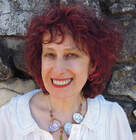 Brief Bio: Dr. Mira Reisberg is the founding director of the Children's Book Academy, an Editor and Art Director and an A type overachieving creative with a ridiculously long resume! Mira is passionately committed to helping people make wonderful children's books to get them published and into children's hands. |
We are so excited to be mixing things up at CBA, beginning with some delicious additions to the Blogfish. Meet our awesome bloggers!!
Here's our lineup: 1st Mondays begin with former school psychologist Dr. Debra Collins who will be writing about Social emotional Learning in kidlit and behind the scenes as well as Jewish children's books. 2nd Mondays will feature super smart Melissa Stoller whose career is taking off with several new books. 3rd Mondays will feature our new blogger coming soon. 4th Mondays features new blogger, the fabulous Brentom Jackson, who has a beautiful approach to blogging. And 5th Mondays we'll be taking a break Archives
July 2024
|
|
Discover
|
About Us
|
Join Us
Join our Community and receive a fabulous free gift, KidLit tips, newsletters, scholarship info, contests, and more!
Join our KidLit Mentorship |
Social Media
Interact with our FaceBook Group or follow us on:
|
© 2010-2024 All content on this website is copyrighted. Sorry, all courses are non-refundable.
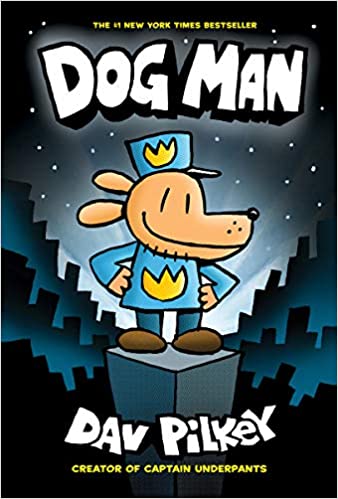
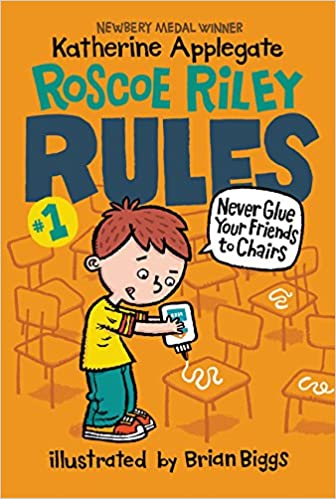
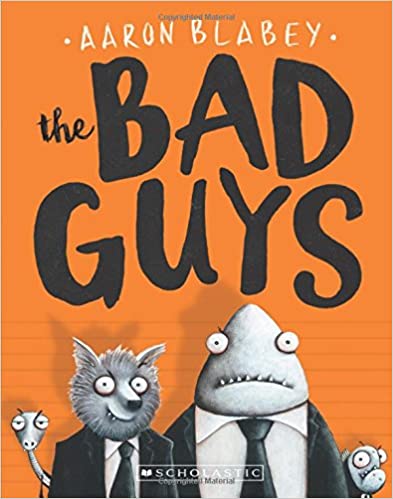
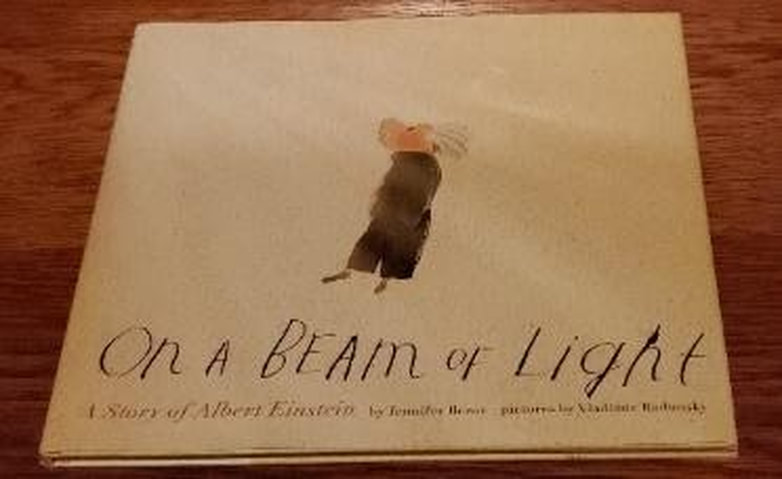
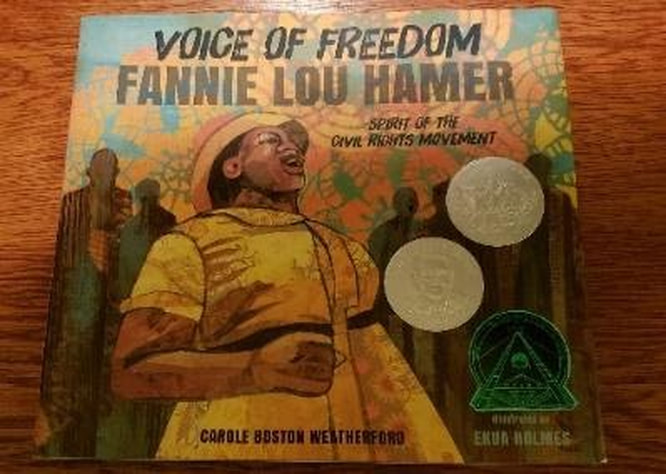
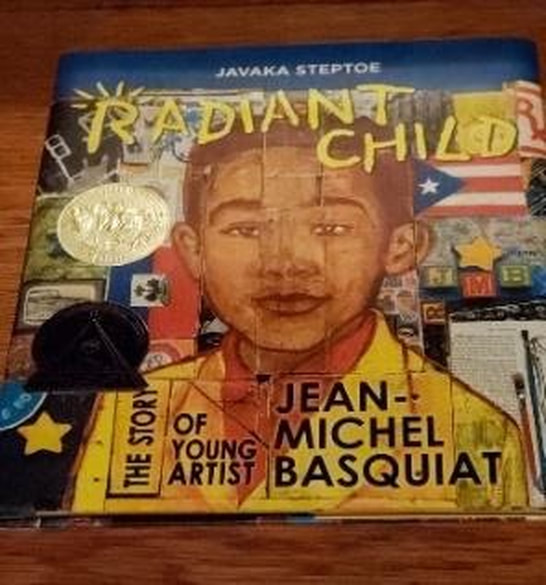

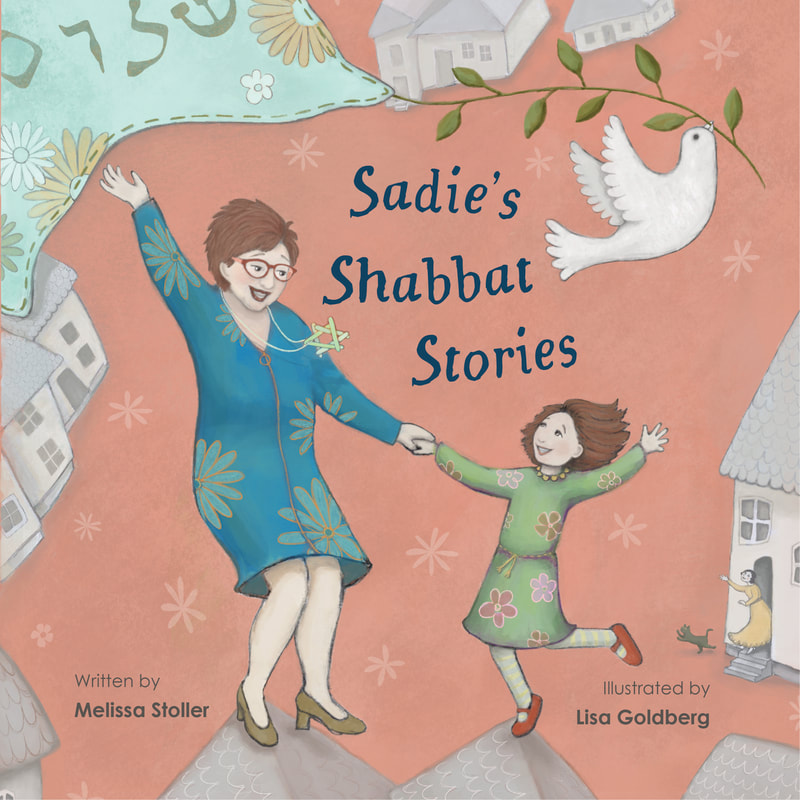

 RSS Feed
RSS Feed
